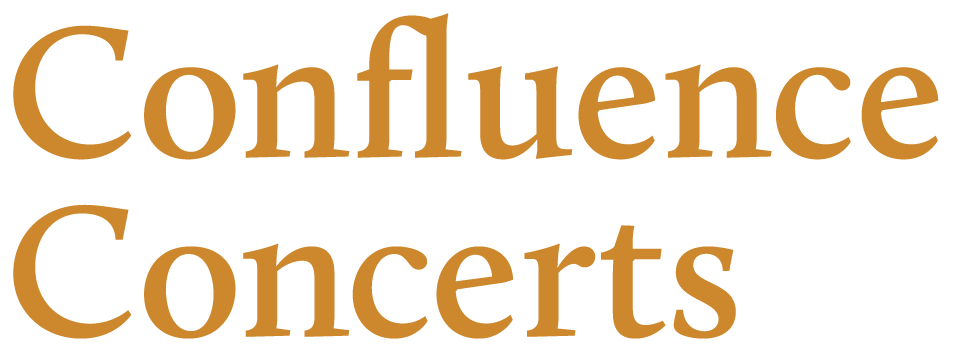The Beethoven String Quartet Project: Op. 18, no. 2
As the necessary home confinement continues today and for the foreseeable future, I have turned to a project I intended to engage in at some point this year: listening to and reflecting upon the magnificent string quartets of Ludwig van Beethoven, who was born 250 years ago. For each of the next 17 days, I hope to post a short paragraph or two on these stimulating pieces.
STRING QUARTET No. 2 in G MAJOR, op. 18, no. 2
I listened to the recording of the Takács String Quartet, recorded in 2004 on the Decca label. It’s available on YouTube.
Allegro: https://youtu.be/91EOCPGEM0Q
Adagio cantabile - Allegro - Tempo I: https://youtu.be/lkCGSHqqLaU
Scherzo (Allegro): https://youtu.be/qTndAN2piEo
Allegro molto, quasi presto: https://youtu.be/Q9pXobl6hos
What a delightful piece! So reminiscent of Haydn, with whom Beethoven was studying when he wrote these early quartets, and yet full of “Beethovenian” drama and shades of darkness. Or, as William Kinderman puts it, the quartet “shows a thorough assimilation of Haydn’s comedy of manners merged with an occasional dramatic thrust that is unmistakably” his own.
The first movement has a warm elegance to it and heartwarming, unexpected moments such as the extended section in E major - somewhat distant from the key of the piece. The ingenious coda of the movement leads to a perfect, quiet end.
The second movement is extraordinary for its unusual structure: Beethoven drops a Scherzo-like, playful Allegro in the middle of the serene, melancholy body of the movement. This was a late addition to the original piece, apparently. There is such virtuosity and dynamic range built into this fabulous movement and I adored the return of the theme of the slow section played by the cello. Indeed, even in these early quartets of Beethoven, there is much parity between the instruments: the first violin still most often takes the lead, but the other instruments have their moments in the sun in lovely ways.
The Scherzo and Trio is highly entertaining and there is a brilliantly conceived little bridge back to the Scherzo, tying it all together. The triple-duple relationships in the Trio are so interesting and satisfying.
The rambunctious last movement features wonderful harmonic detours to distant keys (Eb, Ab, etc) and the energetic first theme based on ascending arpeggios is balanced beautifully by placid cascading descending arpeggio figures thrown from line to line. I particularly enjoyed the variety of voice pairings, use of canonic elements and general contrapuntal interest at every turn.
Larry Beckwith (Saturday, March 21, 2020)
